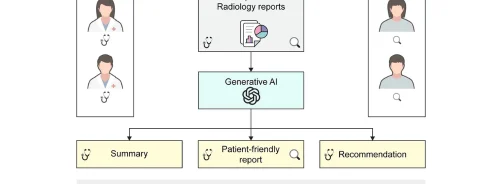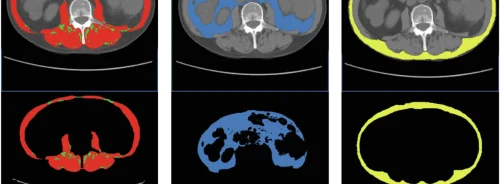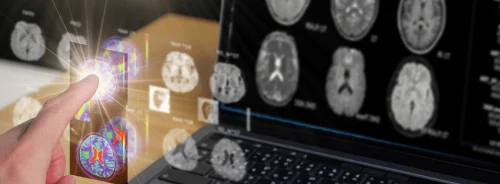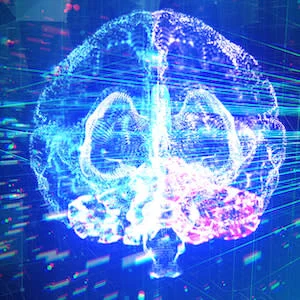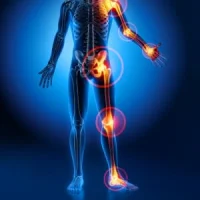MRI, electroencephalography and magnetoencephalography are commonly used to study brain activity. However, new research from Carnegie Mellon University introduces a novel, AI-based dynamic brain imaging technology that maps out rapidly changing electrical activity in the brain with high speed, high resolution, and low cost. The research aims to improve noninvasive brain imaging technology.
Brain electrical activity is distributed over the brain and changes rapidly. Several methods have been used to image brain function and dysfunction, but all have pros and cons. For example, MRI has been used to study brain activity but is not considered fast enough to capture brain dynamics. Electroencephalography has a less-than-optimal spatial resolution. Electrophysiological source imaging has also been used. EEG recordings are translated back to the brain through signal processing and machine learning. This method is cheaper and faster but requires specific training and expertise.
In this new model, the researchers introduce a first-of-its-kind AI-based dynamic brain imaging methodology. This advanced tool has the potential of imaging dynamics of neural circuits with precision and speed. The group introduces AI and multi-scale brain models. They use biophysically inspired neural networks to train a neural network that can translate scalp EEG signals back to neural circuit activity in the brain without human intervention.
The model was evaluated by imaging sensory and cognitive brain responses in 20 healthy human subjects. It was validated in identifying epileptogenic tissue in a cohort of 20 drug-resistant epilepsy patients by comparing AI-based noninvasive imaging results with invasive measurements and surgical resection outcomes. The AI approach outperformed conventional source imaging methods in precision and computational efficiency.
The model requires only a centralised location to perform brain modelling and train deep neural networks. Once data is collected, clinicians and researchers can remotely submit the data to the neural networks and receive analysis results. The AI model could speed up diagnosis and assist neurologists and neurosurgeons with better and faster surgical planning.
Image Credit: iStock
Latest Articles
brain imaging, Artificial Intelligence, AI
Dynamic Brain Imaging With AI

